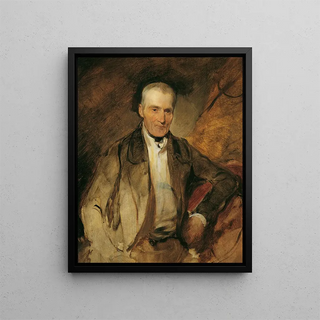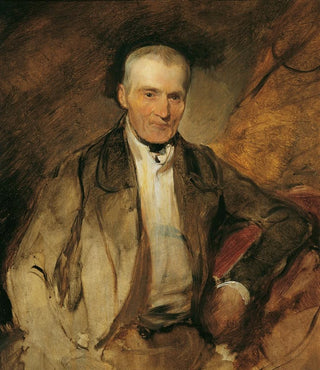Art print | The painter Georg Raab's father - August von Pettenkofen


View from behind

Frame (optional)
In the world of art, some works manage to transcend the simple frame of the canvas to evoke deep emotions and reflections on the human condition. "The father of painter Georg Raab" by August von Pettenkofen is one of those creations that capture the very essence of everyday life, while offering a fascinating glimpse into the era in which the artist worked. This piece, depicting an intimate moment between a father and his son, invites the viewer to contemplate the unbreakable bond that unites generations. The composition, imbued with tenderness and respect, raises questions about artistic heritage and the transmission of knowledge.
Style and uniqueness of the work
August von Pettenkofen's style is distinguished by its striking realism, a characteristic that allows him to portray daily life with great authenticity. In "The father of painter Georg Raab," the artist uses a palette of warm, natural colors, creating a warm and welcoming atmosphere. The meticulous details of facial expressions and character postures demonstrate undeniable technical mastery. The work is also characterized by a harmonious composition, where each element finds its place to reinforce the emotional message. The cleverly orchestrated play of light and shadow adds depth to the scene, allowing the viewer to immerse themselves in this moment of sharing and intimacy.
The artist and his influence
August von Pettenkofen, born in 1826 in Austria, is often associated with the realism movement, which advocates for a faithful representation of reality. His career, marked by travels across Europe, allowed him to enrich his work with diverse influences, ranging from Flemish painting to Italian art. Pettenkofen was able to capture the nuances of daily life, highlighting the small stories that make up our existence. His commitment to authentic depictions of popular life has inspired many artists of his time and paved the way for a new approach to painting, where the human is at the center of concerns. The impact of his work is still felt today, as contemporary artists

Matte finish

View from behind

Frame (optional)
In the world of art, some works manage to transcend the simple frame of the canvas to evoke deep emotions and reflections on the human condition. "The father of painter Georg Raab" by August von Pettenkofen is one of those creations that capture the very essence of everyday life, while offering a fascinating glimpse into the era in which the artist worked. This piece, depicting an intimate moment between a father and his son, invites the viewer to contemplate the unbreakable bond that unites generations. The composition, imbued with tenderness and respect, raises questions about artistic heritage and the transmission of knowledge.
Style and uniqueness of the work
August von Pettenkofen's style is distinguished by its striking realism, a characteristic that allows him to portray daily life with great authenticity. In "The father of painter Georg Raab," the artist uses a palette of warm, natural colors, creating a warm and welcoming atmosphere. The meticulous details of facial expressions and character postures demonstrate undeniable technical mastery. The work is also characterized by a harmonious composition, where each element finds its place to reinforce the emotional message. The cleverly orchestrated play of light and shadow adds depth to the scene, allowing the viewer to immerse themselves in this moment of sharing and intimacy.
The artist and his influence
August von Pettenkofen, born in 1826 in Austria, is often associated with the realism movement, which advocates for a faithful representation of reality. His career, marked by travels across Europe, allowed him to enrich his work with diverse influences, ranging from Flemish painting to Italian art. Pettenkofen was able to capture the nuances of daily life, highlighting the small stories that make up our existence. His commitment to authentic depictions of popular life has inspired many artists of his time and paved the way for a new approach to painting, where the human is at the center of concerns. The impact of his work is still felt today, as contemporary artists






